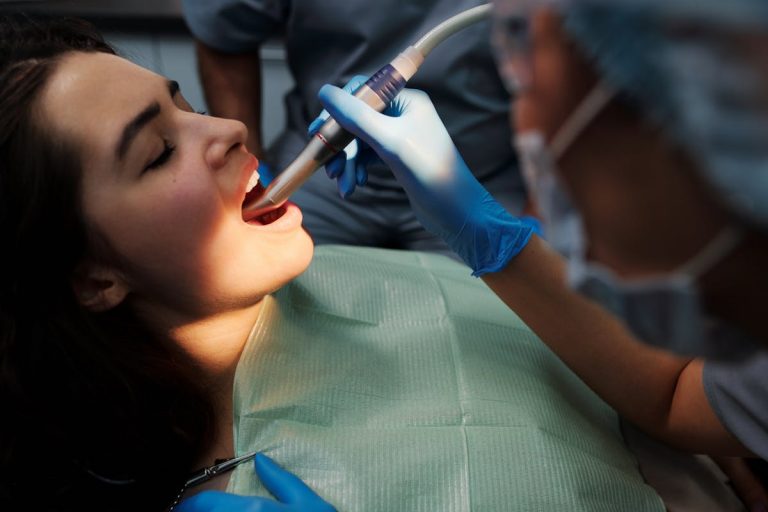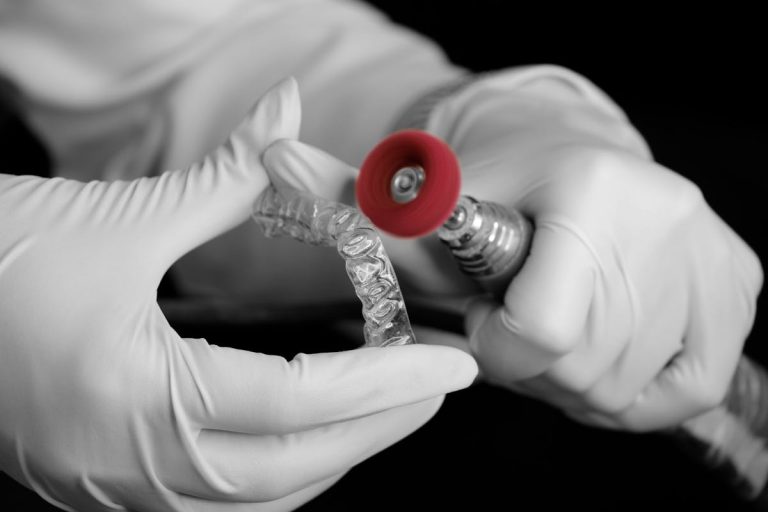A broken tooth can be a harrowing and stressful experience, and it’s important to know what to do if you ever find yourself in this situation. The most important thing is to stay calm and seek dental care as soon as possible.
Prompt treatment will help prevent further damage or infection, whether the break is minor or severe. In the meantime, there are some steps you can take on your own that may help reduce discomfort while waiting for professional care. Knowing how to handle a broken tooth properly can make all the difference in getting back on track with oral health quickly and safely.
Stay calm and seek prompt dental care.

Staying calm and seeking prompt dental care after you break a tooth is the best thing to do if an accident occurs. Promptness is vital because the quicker dentists can examine the problem, the more positive outcomes they can have.
If you wait too long, it could lead to further complications. Seeking prompt dental care means scheduling a visit with your dentist as soon as possible after you break a tooth so that your dentist can assess any damage and provide a repair solution.
It is essential to find a reputable dental clinic; get referrals from friends if necessary. Doing this may give you peace of mind and the potential for relief from worrying about a broken tooth.
Clean the area around the broken tooth.
Many freaks out when they break a tooth, but it’s important to react calmly and remain level-headed. One of the first things to do is clean the area around the broken tooth with a cotton swab soaked in warm water. This will help remove any debris that has accumulated near the broken piece, allowing you to get a better look at what needs to be done.
Taking this step will also reduce the chances of infection, which can become quite serious with an open wound in the mouth. To clean around the broken tooth effectively, take your time and perform gentle motions. Do not use too much pressure, as this could cause more harm than good.
Additionally, do not press down on the damaged area or use abrasive materials such as Q-tips, as these may irritate or cut up the remainder of your tooth crown or enamel. Cleaning carefully is crucial to keep both your teeth and mouth healthy.
Rinse your mouth with salt water or an antiseptic rinse.
Rinsing your mouth with salt water or an antiseptic rinse is one of the best things you can do to reduce the pain and swelling when you break a tooth. Not only does it help with discomfort, but it also helps keep bacteria away from the area, preventing further damage and potential infection.
To properly rinse with salt or antiseptic solution, mix one teaspoon of salt into 8 ounces of warm water until dissolved. Swish the mixture around your mouth for about 30 seconds, and then spit it out. The saline solution or antiseptic will soothe tissue around the broken tooth, reducing pain and swelling quickly.
Remember not to swallow any of the rinses as this can result in nausea or vomiting due to their high salt content. Be sure to repeat this two or three times per day until your tooth has healed completely.
Apply a cold compress.
Applying a cold compress is one of the essential steps to take when you break a tooth. Doing this can help reduce swelling and discomfort, potentially leading to a more straightforward recovery process. To apply the cold compress properly, wrap a few ice cubes in a clean cloth or towel.
Next, gently apply the damp cloth to the outside of your mouth where your broken tooth is located and press it for up to 20 minutes at a time. Doing this will help to constrict blood vessels, reducing pain and swelling. Additionally, it can also help reduce bleeding and the risk of infection.
It’s essential to be sure that you don’t put ice directly on your broken tooth, as that may cause potential irritation or increased sensitivity that could cause even more discomfort. Applying a cold compress and addressing your broken tooth right away can help minimize any problematic side effects of having a broken tooth for faster healing with less stress involved.
Take over-the-counter pain relievers.
When dealing with a broken tooth, reaching for an over-the-counter pain reliever such as ibuprofen or acetaminophen can prove immensely beneficial in managing and numbing the sudden shock. Not only can it temporarily relieve pain, but taking these medications properly can also help reduce swelling, control minor bleeding, and minimize several other uncomfortable symptoms caused by the shock.
It’s important to remember that these medications should not replace professional dental care, nor should they be taken frequently. While helpful in pain management on a short-term basis, they are no substitute for seeking professional treatment.
To take most of these medications safely and effectively, you must follow the label instructions and consult your doctor or pharmacist if needed. Therefore, it’s essential to understand not just their potential benefits but also their possible side effects before addressing your broken tooth.
These are just a few of the steps you can take to handle a broken tooth. While it can be a stressful situation, seeking professional care and following these tips is the best thing you can do for your oral health. With prompt treatment and proper care, most people find that their teeth heal quickly and without any further complications.






